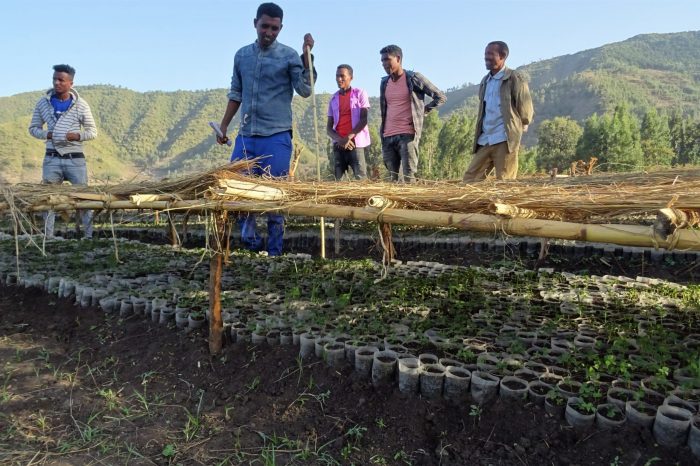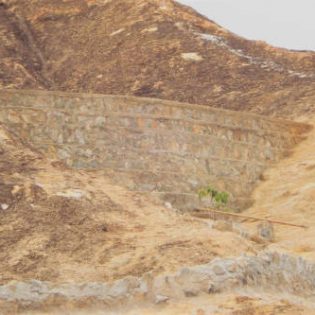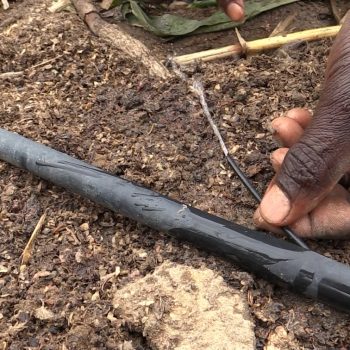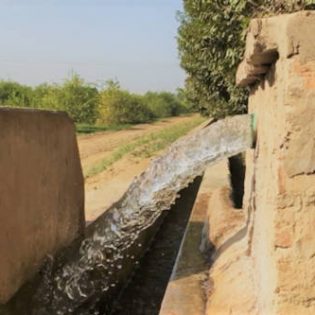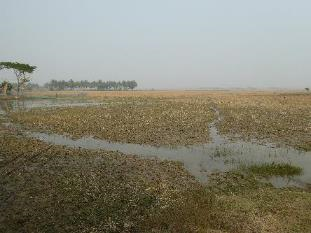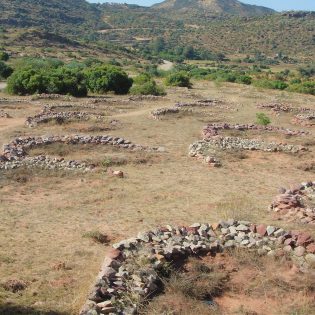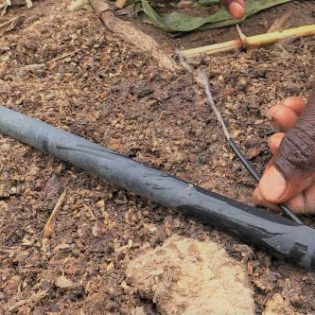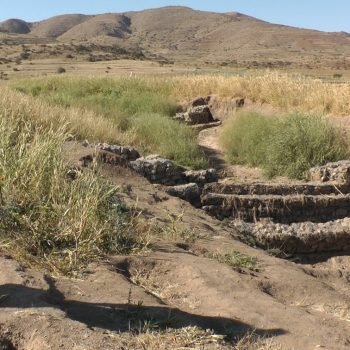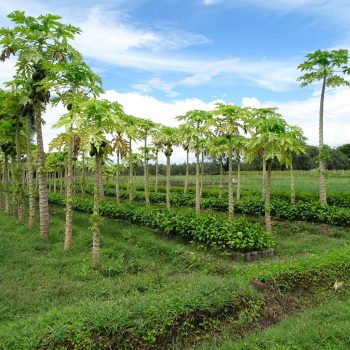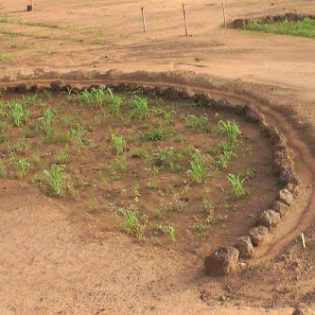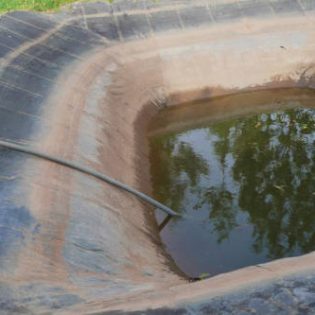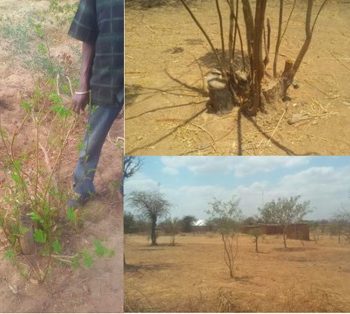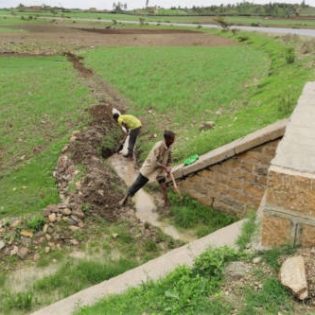Reforestation consists of several steps: First, seeds need to be collected and stored. Second, tree nurseries need to be established. Third, once grown, these small trees need to be out planted. Fourth, after plantation in the field, post-planting treatment and monitoring are required to increase post-planting survival rates. Increasing the sapling survival rates can be done by increasing water availability through microbasins (see section 3.1), planting young trees near adult remnant trees, planting multiple sapling species (Sprenkle-Hyppolite et al., 2016), and protecting the young trees from harsh winds. Once the trees are established and the roots have grown deeper, the trees themselves can serve as a windbreak (Sun & Dickinson, 1994). The choice of tree species in reforestation practices is also significant for the effect the trees will have on the below-canopy climate. For instance, one could make deliberate choices on the shade casting ability, rotation lengths, and presence of a shrub layer (De Frenne et al., 2021).
Additional information
| Forestry | Forestry |
|---|
